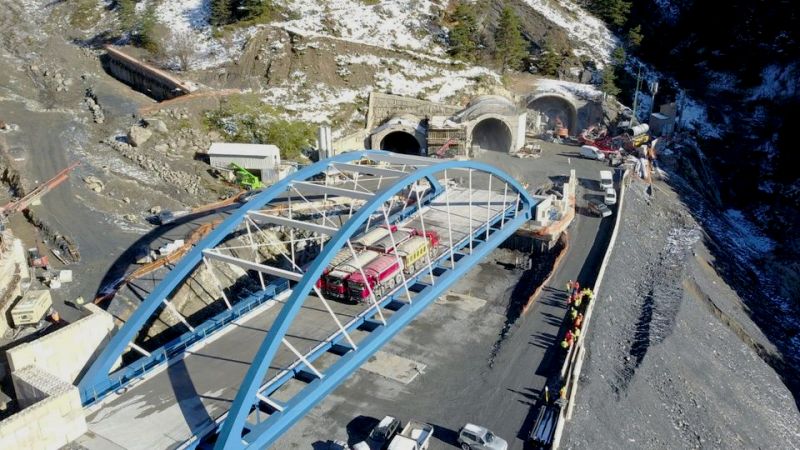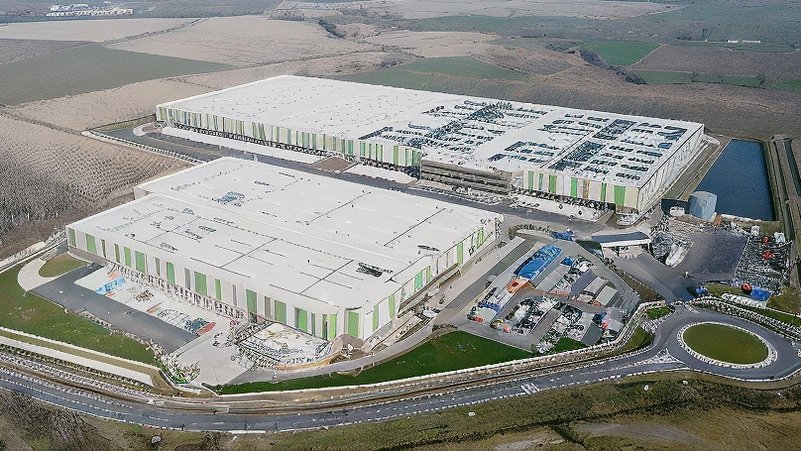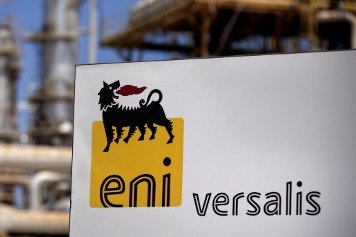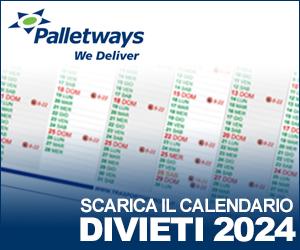There are projects that are often discussed and seemingly enjoy consensus, yet they remain perpetually on hold. On the other hand, some projects, even when just sketched out, seem to have a clear path forward. The latter certainly applies to a project that has already secured financial backing and saw the initiation of the Public Debate procedure in early May 2024. This procedure precedes the drafting of the final document to be put out for tender. We're talking about the quadrupling of the railway between Bologna and Castel Bolognese, the first segment of the enhancement of the Adriatic corridor, one of the fundamental railway corridors included in the European TEN-T network. Besides starting the approval procedures, the start date for construction has already been set for 2026.
The project is characterized by the features of new high-capacity lines, underscored by an expenditure commitment exceeding three and a half billion euros. The project report is intriguing because, if the outlined hypotheses are confirmed, it could result in the first high-speed passenger and high-capacity freight railway line (only the Terzo Valico dei Giovi comes close to this operational model, while all other Italian high-speed lines are used only by passenger trains). Essentially, the quadrupling between Bologna and Castel Bolognese means not only having two additional tracks available but also specializing them by traffic type: high-speed passenger and long-distance freight trains on the new line, regional and local service freight trains on the historic line.
From the project's preliminary statements, it is clear that the goal is to adapt the section to European standard performances for freight transport, as required for the central TEN-T network. This includes the possibility of increasing freight traffic with Europe and southern Italy, also in synergy with ports like Ravenna and the rapidly developing intermodal terminals along this corridor. More specifically, the theoretical capacity dedicated to freight trains could be increased to six trains per hour per direction.
The Public Debate also provides an opportunity for an in-depth analysis of the three proposed track variation hypotheses by RFI. The idea of closely paralleling the two new tracks to the historic line was immediately discarded due to its heavy impact on the existing urban fabric. Three alternatives have been proposed that follow the A14 motorway route: one alongside, one to the south of the asphalt strip, and one to the north of the motorway lanes.
Despite different solutions, the three alternative routes ultimately connect to the Adriatic line towards Rimini on one side, and to the railway to Ravenna serving the port and freight intermodality on the other. Notably, the northern motorway solution offers an almost direct interconnection with the line to Ravenna, thus favoring freight intermodality, especially in light of ongoing investments related to the Ravenna port included in the TEN-T network.
Piermario Curti Sacchi



































































